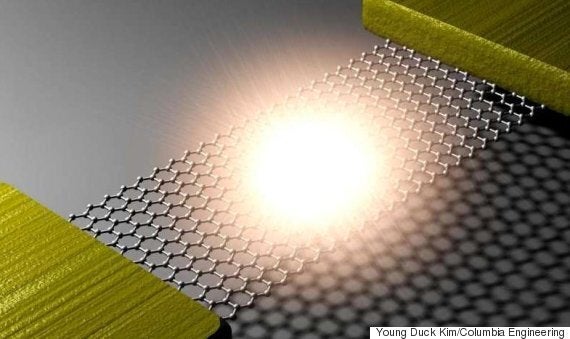Scientists have come up with the world's thinnest bulb, which is one atom thick to be precise -- smaller than the width of human hair.

Despite the size of the product, the achievement is not a nano feat as it involved scientists from Columbia, Seoul National University and Korea Research Institute lighting a graphene filament by passing electricity through it.
In a study published in Nature Nanotechnology, the researchers showed how graphene, which is one of the toughest materials we have, was able to withstand temperatures of 2,500 degrees Celsius and create enough light visible to the naked human eye.
Hone, Wang Fon-Jen co-author of the study said:
"This new type of 'broadband' light emitter can be integrated into chips and will pave the way towards the realization of atomically thin, flexible, and transparent displays, and graphene-based on-chip optical communications."
Graphene has the unique ability to become a poorer conductor of heat as it is heated up, which allows the light to become concentrated on a single spot.
It is the purer form of carbon, a material Thomas Edison first used when inventing the not-so-nano light bulbs we enjoy today.
What this research has essentially allowed science to do is transform the light bulb into a chip-based light source that poses endless possibilities for optical communication.